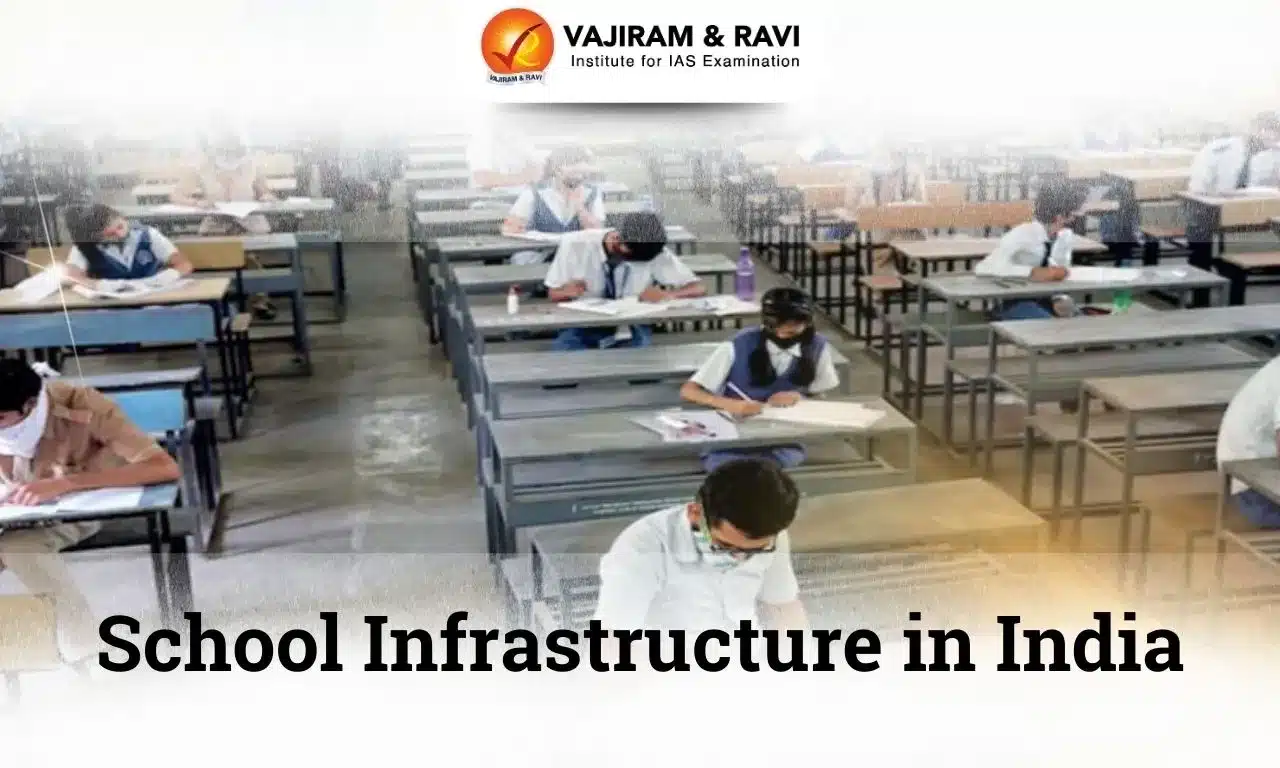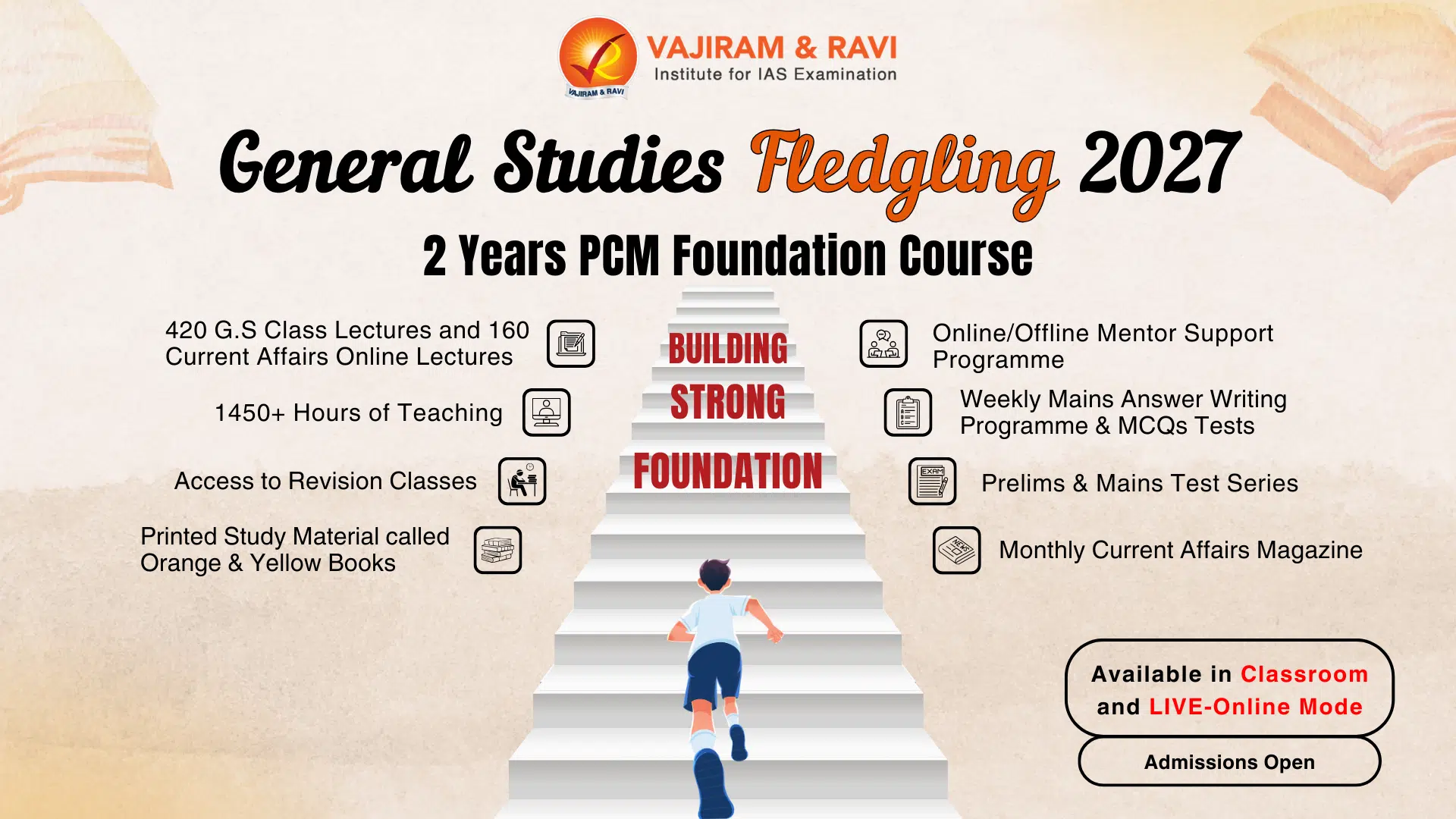Introduction
- The latest data from the Unified District Information System for Education Plus (UDISE+) highlights critical aspects of India’s school infrastructure and enrolment trends.
- UDISE+ is one of the largest Management Information Systems initiated by Department of School Education and Literacy, Ministry of Education.
- These findings shed light on both improvements and persistent challenges in the education system.
Single-Teacher and Zero Enrolment Schools
- The number of single-teacher schools in India has decreased from 1,18,190 in 2022-23 to 1,10,971 in 2023-24, marking a reduction of 7,219 schools.
- This decline has also been accompanied by a drop in student enrolment in these schools, which fell from 47.43 lakh to 39.94 lakh over the same period.
- On the other hand, the number of schools with zero enrolments has seen a worrying increase.
- From 10,294 schools in 2022-23, the count rose to 12,954 schools in 2023-24, an increase of 2,660 schools. States such as West Bengal (3,254 schools), Rajasthan (2,167 schools), and Telangana (2,097 schools) report the highest numbers.
- Officials attribute this phenomenon to the possibility of schools awaiting new batches of students; however, if enrolment fails to resume, these schools risk closure.
Basic Amenities in Schools
- Among India’s 14.71 lakh schools, infrastructural gaps remain evident:
- Electricity:
- 1.52 lakh schools still lack functional electricity.
- Government schools account for the majority, with 9.12 lakh out of 10.17 lakh government schools having functional electricity.
- Drinking Water:
- While 14.47 lakh schools claim to have drinking water facilities, only 14.11 lakh have them functional.
- Approximately 24,580 schools lack any drinking water facility.
- Toilets:
- Of 14.71 lakh schools, 14.50 lakh have toilets, but 14.04 lakh are functional.
- Government schools constitute the majority of the 67,000 schools operating without functional toilets.
- Access for Differently-Abled Students:
- Only 33.2% of government schools have disabled-friendly toilets, and of these, only 30.6% are functional.
- 77% of schools have ramps, but just 52.3% have ramps with handrails, limiting accessibility.
- Technology & Co-Curricular Activities:
- 50% of schools lack access to functional computers for teaching.
- Only 17.5% of schools have dedicated arts and crafts rooms, with government schools lagging further at 9.9%.
- Among schools with secondary sections, only 1.6 lakh out of 2.86 lakh have integrated science laboratories.
- Renewable Energy Adoption:
- The uptake of solar panels in schools is minimal, with only 1.54 lakh schools (10.5%) equipped with solar energy systems.
- Government schools fare worse, with only 8.8% (89,746 schools) having installed solar panels.
- Regional Disparities:
- Madhya Pradesh leads in the number of single-teacher schools (13,198), followed by Andhra Pradesh (12,611).
- West Bengal has the highest number of schools with zero enrolments, a trend that raises concerns about the viability of these institutions.
Conclusion
- While there have been some improvements, such as the decline in single-teacher schools, challenges like the rise in zero-enrolment schools, lack of basic amenities, and inadequate facilities for differently-abled students continue to persist.
- Addressing these issues requires a focused approach involving infrastructure upgrades, increased teacher deployment, and better accessibility measures to ensure quality education for all.
- The UDISE+ data serves as a vital tool to identify gaps and shape policies aimed at transforming India’s educational landscape.
State of School Infrastructure and Enrolment in India FAQs
Q1: What is the difference between Literacy and Education?
Ans: Literacy refers to a person's capacity to read and write, whereas education, generally speaking, is typically required to formulate critical thinking as well as to think ethically, and to apply moral values.
Q2: When was the Ministry of Education created?
Ans: The Ministry of Education (MoE) was created on September 26, 1985, through the 174th amendment to the Government of India (Allocation of Business) Rules, 1961. Currently, the MoE works through two departments: Department of School Education & Literacy. Department of Higher Education.






